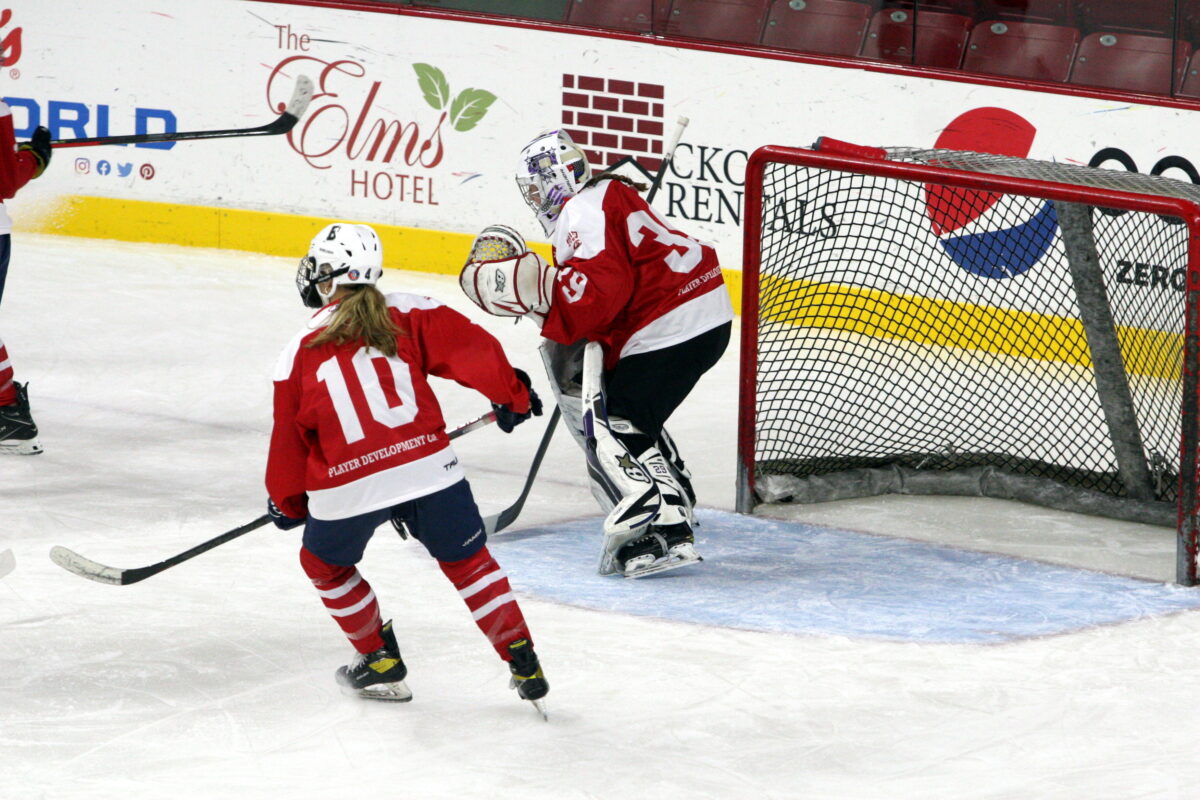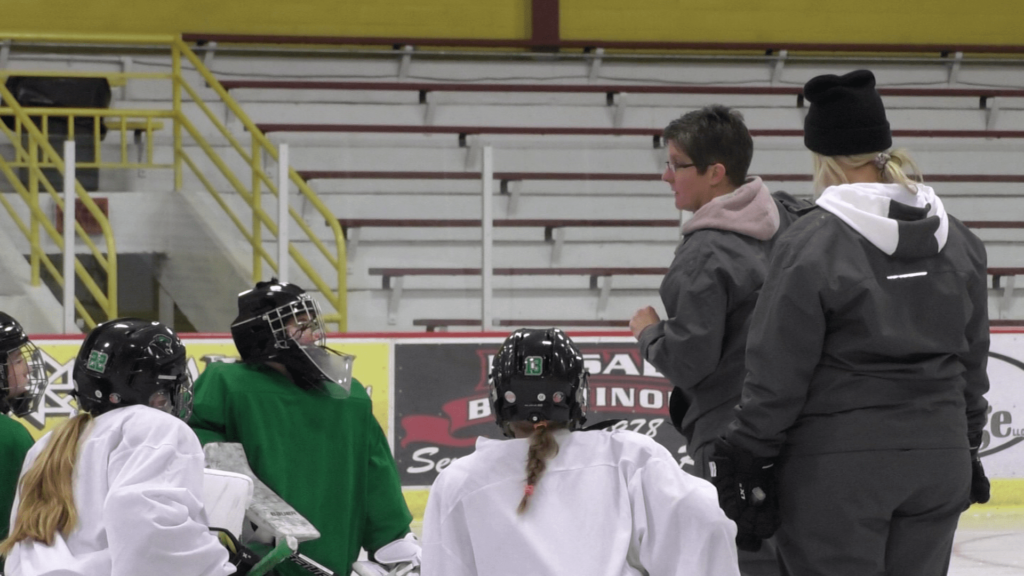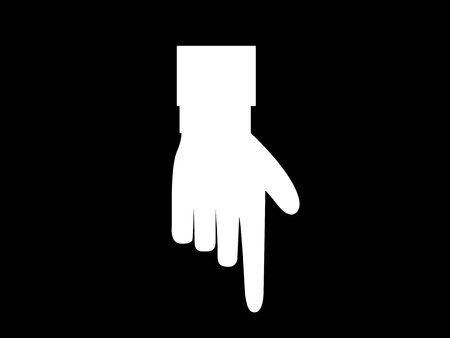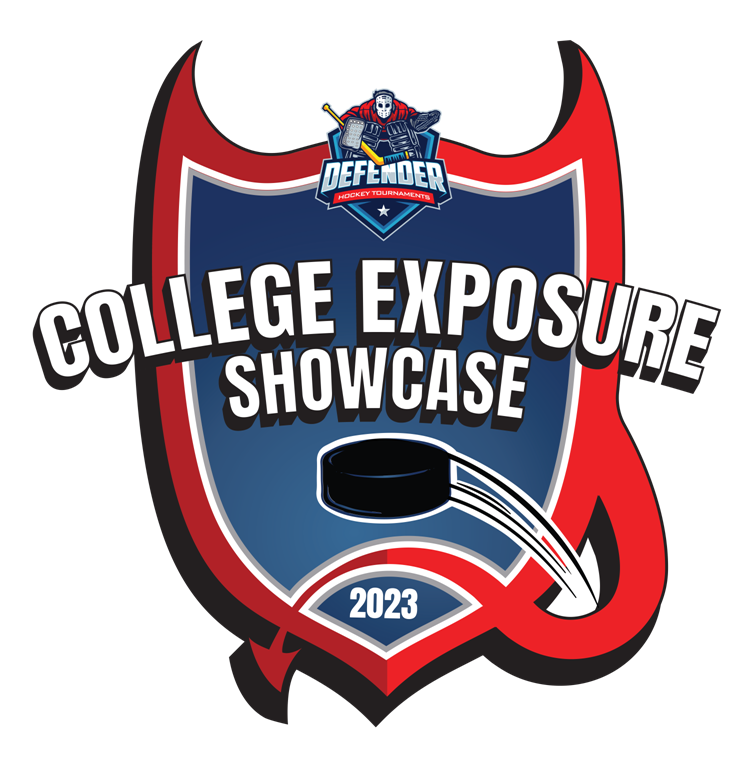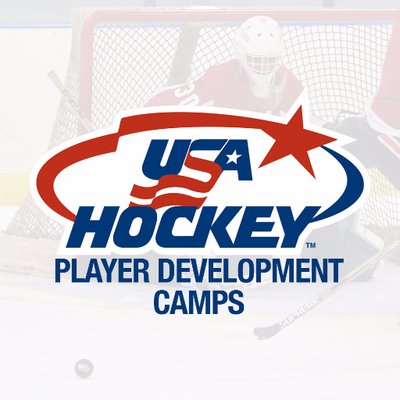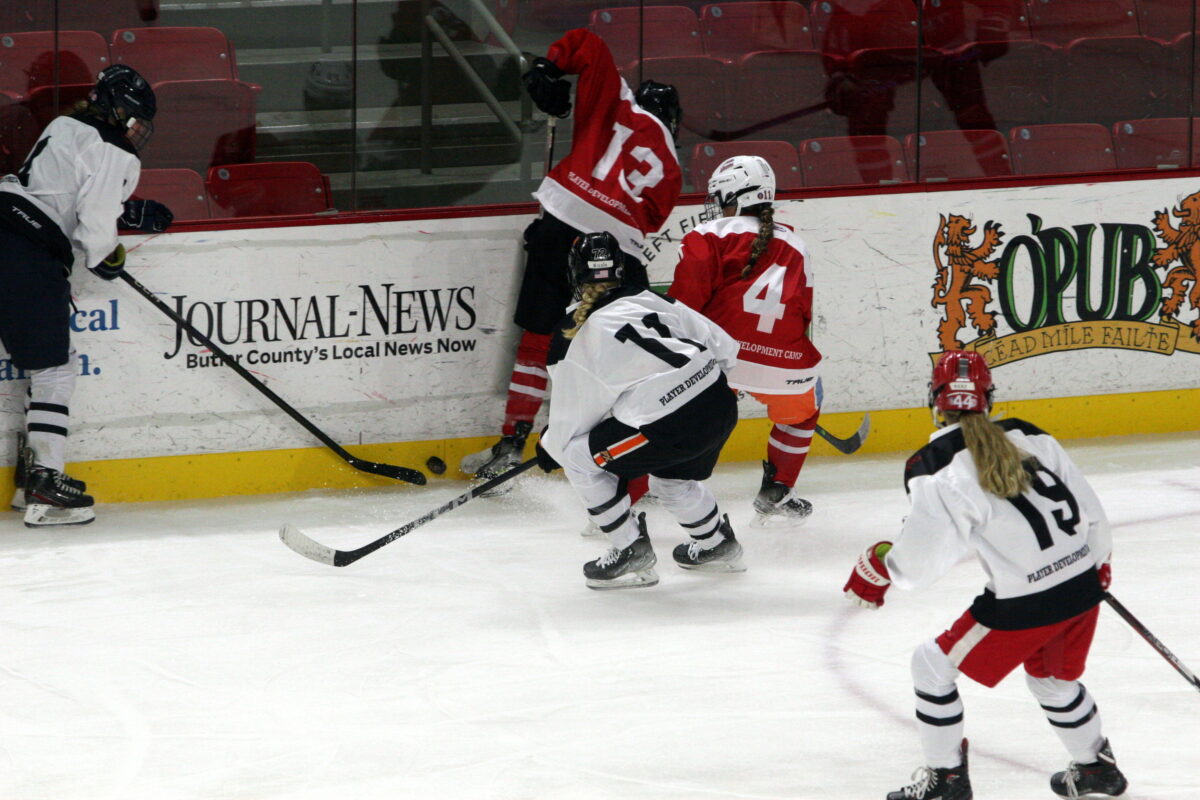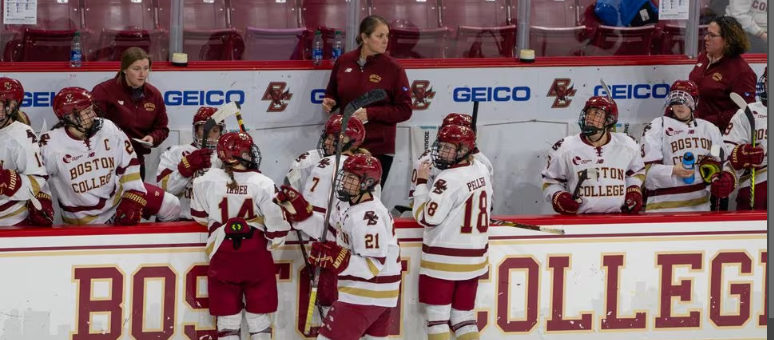
Back in 2020, when Champs App first started, we tracked the female representation in the coaching staffs at NCAA DI and U Sports women’s hockey. Now, 3 years later, it is time to compare how the number of female coaches has changed during this time.

Over the past three years, there has been a notable increase in the representation of female head coaches within Division I women’s college hockey teams. In the 2020-21 season, female head coaches accounted for 14 out of 41 total coaching positions, comprising 34% of the total coaching cohort. However, by the 2023-24 season, this number has risen significantly, with 21 female head coaches out of a total of 44 coaching positions, representing an increase to 48%. This upward trend highlights a positive shift towards greater gender diversity and inclusivity within the coaching landscape of women’s college hockey, indicating a growing recognition of the value and expertise that female coaches bring to the sport.
While the ideal number is probably not 100% for female head coaches at the NCAA women’s DI level, it is nice to see the numbers continue to climb. Having spoken to so many male DI women’s coaches, it is clear that in most cases they are doing a great job in their roles. However, the much bigger opportunity is in increasing the number of female coaches on the men’s side of the game, where female coaches still represent significantly less than 1% at the men’s college level. There have been inroads made over the last few years, with NCAA DI head coaches participating in NHL development camps. This season, Kim Weiss is an assistant with DIII Trinity and Jessica Campbell is an assistant coach with the AHL Coachella Valley Firebirds. But when it comes to full-time roles, I am still waiting to hear about female coaches even being considered for a DI or DIII men’s team head coaching job.

From 2020 to 2023, there has also been a significant increase in the number of assistant or associate head coaches in NCAA Division I women’s hockey teams due to teams now being permitted 3 assistants. In the 2020-21 season, female assistant or associate head coaches accounted for 52 out of a total of 79 coaching positions, representing 66% of the coaching cohort. This number has seen a significant rise by the 2023-24 season, with 65 female coaches out of a total of 98 coaching positions, equaling the same 66% of the coaching staff. Conversely, the number of male assistant or associate head coaches also increased from 27 to 33 during this period, but their overall proportion remained constant.

During the time there has been significant increases in female coaches at the NCAA DI women’s hockey level for both head & assistant coaches, there has been no change in the number of female coaches in Canada U Sports women’s hockey. In fact U.S. teams surpassed Canadian schools in terms in percent female representation. Note: no data was collected for U Sports assistants back in 2020








